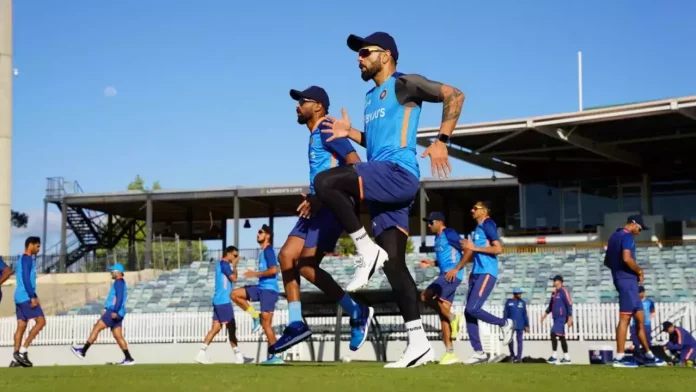The BCCI holds the National Cricket Academy accountable for managing injuries while attempting to address IPL workload.
Except for Test specialists, all BCCI-contracted cricketers are managed medically by the India team support staff for 10 months and by IPL personnel for the remaining two. Players are required to report to the National Cricket Academy (NCA) in Bengaluru for rehabilitation regardless of where they sustain their injuries. Whether it was the NCA or the IPL, there have always been institutional and informal channels of communication that informed stakeholders of the status of the players.
However, by publicly ordering the NCA to “work in tandem” with IPL franchises to “monitor the targeted Indian players participating in the IPL 2023,” the BCCI has essentially spelled out two clear objectives—make NCA accountable for every fitness-related decision and exert more control over India players appearing in the IPL.
Players’ burnout is genuine as a result of a careless calendar that fits a 10-team IPL, an ICC event, and multiple bilateral tours not only during the home season of October through March but also by consuming the formerly free window of July, August, and September. In Bangladesh last month, skipper Rohit Sharma raised a more serious issue that was allegedly brought on by the collapse of fast bowler Deepak Chahar, who had spent most of the year in rehabilitation.
“We need to investigate the issue further. Maybe they’re playing cricket too much. After the second ODI loss, Sharma stated, “We need to try and keep an eye on those individuals. We must sit with our colleagues at home and at the NCA in order to attempt and keep an eye on their workload. We cannot afford to have men represent their country while being in poor physical condition. Although he was upset with the players, nobody missed his jab at the NCA for allowing Chahar to play in the series.














